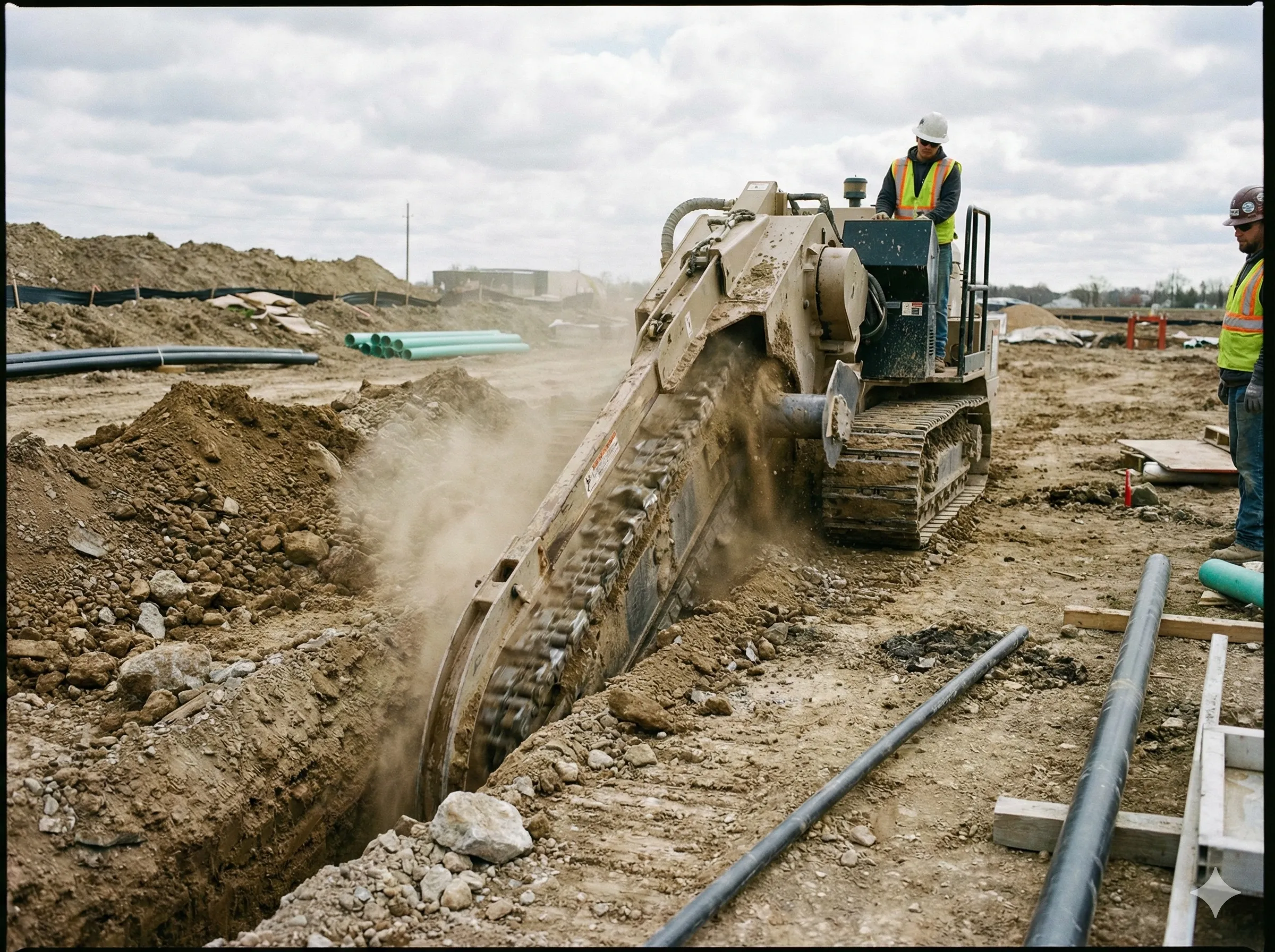As technology progresses, a strong web presence is no longer a preference, but a necessity. Whether a small business owner or a big corporation, success can rely on the ranking in search engine result pages (SERPs). That is when Search Engine Optimization (SEO) comes into play. Wherein, despite numerous companies striving to undertake SEO in-house, having a professional SEO agency can deliver unparalleled value.
The Importance of Having an SEO Agency
SEO is a complex and ever-evolving practice. Search engines update algorithms regularly, and it can become a challenge for companies to keep pace with trends and best practices. With no effective SEO practice, your site will become invisible as competing websites could have optimized content, infrastructure, and backlinks.
An SEO agency brings expertise, know-how, and manpower to the party. There is an understanding of search algorithm idiosyncrasies and an ability to tailor approaches to specific business aims. With an agency, you gain access to a pool of professionals who will work tirelessly to promote your website’s position, drive organic search, and in the long-term, your sales.
The Perks of Having an SEO Agency
Expertise and Experience
SEO agencies specialize in search engine website optimization. They follow algorithm updates, trends, and tools, keeping your website competitive. Having experience in a variety of industries, these agencies understand what does and does not work, taking time and effort off your hands.
Time and Cost Saving
From keyword analysis to technical audits, SEO takes a lot of time and budget to manage. By outsourcing to an agency, you can run your business while professionals manage your SEO.
Access to High-tech Tools and Technology
SEO agencies have access to high-tech tools and software that can conduct a deep analysis of your website’s performance by conducting thorough audits, rank tracking, and competitor analysis. Individual companies may have a difficult time affording or accessing such tools.
Customized Strategies
Every business is unique, and a one-size-fits-all SEO model will not work in many cases. An SEO agency will develop a tailor-made campaign based on your target group, sector, and objectives for your business. Do you need local SEO to generate nearby visitors, or e-commerce SEO to generate sales through your website?
Measurable Results
One of the best advantages of having an SEO agency work for your site is that it can be monitored. Agencies provide in-depth reports that disclose improvements in rank, traffic, and conversions. Transparency in such a form enables one to see ROI for the investment.
Long-Term Growth
SEO is not a short-term, but a long-term, solution. An SEO agency is focused on long-term development, and your site will rank high even when algorithms change. It forms a sound foundation for web presence, and long-term success naturally follows that.
What Are SEO Options?
SEO is a sophisticated practice with numerous techniques and strategies. There are several types of SEO for which an agency like HigherVisibility can serve your purpose:
On-Page SEO
On-page SEO entails search-engine-friendly individual web page improvement for search rank improvement. Keyword positioning, meta tags, headings, inner linking, and content improvement fall under these categories. With each page operating as search-engine friendly, the chances for rank improvement increase.
Off-Page SEO
Off-page SEO involves activity away from your site but impacting the rankings. Link creation, securing high-value links from high-value websites, is the most common off-page SEO practice. Social marketing, blog posts, and influencer outreach fall into this category as well.
Technical SEO
Technical SEO targets your website's backend. It entails site performance, mobile usability, crawlability, and indexing optimizations. Having a well-engineered website enables search engines to access and understand your content effortlessly.
Local SEO
Local SEO is relevant for businesses with a specific location to serve. It involves optimizing a Google My Business listing, developing local citations, and utilizing location-related keywords. Local SEO helps attract your locality and stand out in local searches.
E-Commerce SEO
For online stores, SEO for e-commerce is a necessity. E-commerce SEO entails optimizing website usability, product pages, and overall user experience. It entails techniques such as schema markups and review of products in an attempt to gain prominence in a larger manner.
Content SEO
SEO through content involves creating high-value, relevant, and useful content that attracts a target group of visitors. That includes blog posts, articles, videos, and infographics that attract and retain visitors.
Why HigherVisibility Stands Out
With a proven track record of delivering, HigherVisibility offers a complete range of SEO services crafted specifically for your needs. From technical audits to high-value content creation, your site will be optimized for success with a group of professionals at your disposal. With a commitment to transparency and actionable reporting, HigherVisibility is a trusted partner for big and small companies alike.
Partnering with an SEO agency is one of the best investments for your business. Not only will you save time and dollars, but you will gain access to expertise, high-tech tools, and tailor-made strategies that drive long-term growth. Whatever the goal is, whether it is to build web presence, drive e-commerce sales, or boost local presence, an SEO agency like HigherVisibility can make your goals a reality. In a competitive virtual marketplace, one must stay one step ahead of the curve. With SEO, your company can thrive in cyberspace. Don’t allow your competition to outdo you—hire an SEO company today and make your website work at its full potential.















